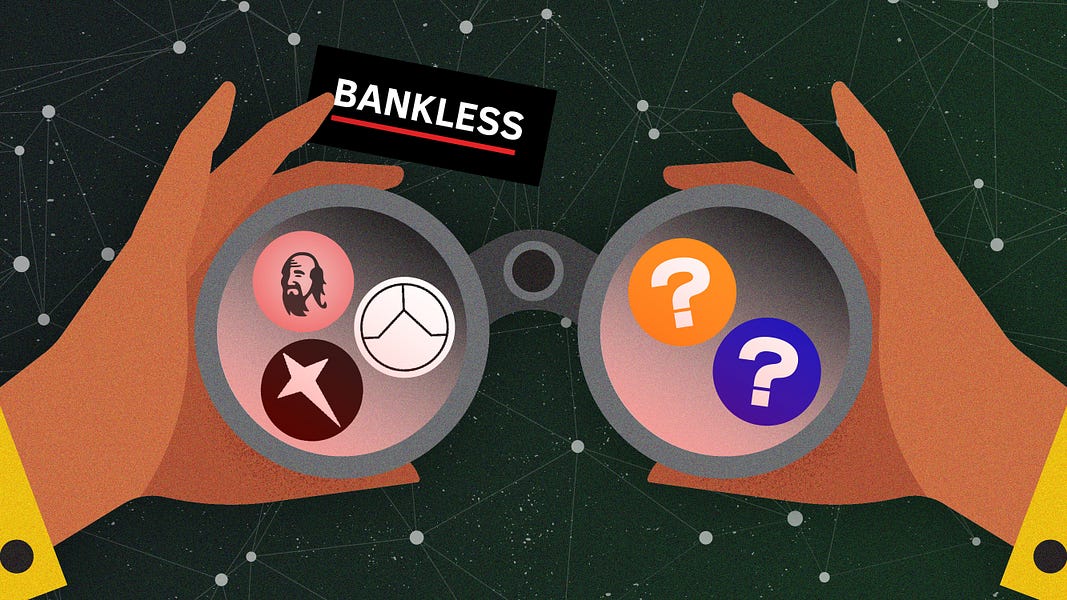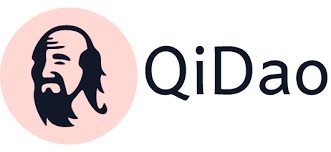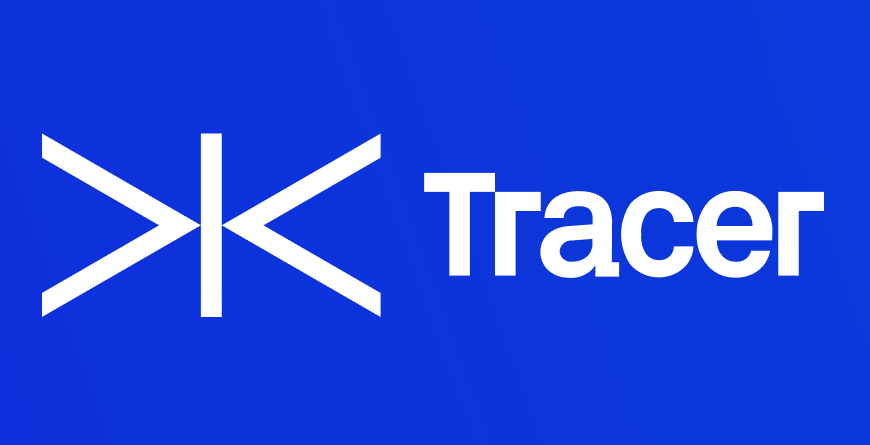Top 5 tokens to watch

Dear Bankless Nation,
A good investor spots the trend.
A great investor creates the trend.
Crypto legend and Founder of Polychain Capital Olaf Carlson-Wee spoke about this and the importance of being an independent thinker in our podcast this week.
At this point, most crypto-natives know major narrative trends like The Curve Wars, Layer 2s, Alt-L1s, and our personal favorite, The Merge.
But what about the trends no on sees yet?
Generating alpha means making a move before there’s consensus.
That’s what we want to try and capture today.
Here are 5 up-and-coming DeFi tokens with catalysts in the pipeline.
There’s also a few bonus projects that haven’t launched their token yet that you should keep an eye on over the next few weeks and months.
Let’s get to it.
- RSA
⚠️ DISCLAIMER ⚠️
Before you ape!
None of this is financial advice. This newsletter is strictly educational and is not investment advice or a solicitation to buy or sell any assets or to make any financial decisions.
All of these are smaller cap tokens with high-risk profiles. Please be careful and do your own research.
The Merge. The Curve Wars. Layer 2s.
These are among the most popular narratives dominating the crypto market today, capturing the mind of investors, traders, and degens alike.
While in the long run these themes may ultimately be in their early innings, the cat is out of the bag. The entire market and the collective crypto consciousness are aware of and playing within these pockets of the market.
These trades are crowded.
While difficult, true alpha is generated from identifying trends and winning projects before they’ve entered the mainstream consciousness. For investors, substantial outperformance comes from being contrarian and having patience and discipline to take advantage of the information and attention asymmetry.
This is especially true in DeFi. Given the ever-increasing number of new projects and ecosystems, it’s impossible for any single ape to stay on top of everything.
Because of this, it pays to look for alpha in places where other people aren’t.
In that vein, let’s look at five of the more under-the-radar DeFi projects with unique product offerings, value accretive token designs, and upcoming catalyst that can help propel their growth.
1. Arrakis Finance (SPICE)

Arrakis (formerly known as G-UNI) is a Uniswap V3 liquidity management protocol. A recent spin-off of Gelato, a smart contract automation network, Arrakis solves several key pain points that come with providing liquidity to and building atop Uniswap V3.
As experienced DeFi users will know, Uniswap V3 utilizes a concentrated liquidity model. Rather than do so across all price ranges, as is default with Uniswap v2, an LP on V3 can “concentrate” their liquidity by only providing it across select price ranges of their choosing. While this greatly improves capital efficiency, it substantially increases the difficulty of market making on the exchange, as it magnifies the risk of impermanent loss. In addition, due to the differentiation in price ranges selected per liquidity provider, V3 LP tokens are represented by ERC-721 NFTs rather than the more composable ERC-20 tokens.
This includes the ability to provide over a “full range,” allowing LPs to get a similar experience and risk profile to doing so on Uniswap V2. Arrakis also enables increased composability by converting LP positions from ERC-721s into ERC-20s known as G-UNI tokens.
In doing so, it increases the ease for other protocols to build on Uniswap V3, as ERC-20s are far more composable than their NFT counterpart. We’ve already seen this in effect, as users can borrow against G-UNI tokens within Rari Capital’s Fuse, allowing them to access increased capital efficiency along while simultaneously earning trading fees.
Arrakis has experienced significant adoption, with more than $465 million in TVL and counting protocols such as Frax, Fei and Aave among their customers.
Catalysts
A major catalyst for Arrakis is the launch of its governance token, SPICE. Like CRV, the protocol will utilize a vote-escrow model in which tokenholders can lock their SPICE to receive xSPICE. With xSPICE, holders will be entitled to cash flow from protocol revenue, 25% of fees earned from providing liquidity, the ability to vote on SPICE emissions that are allocated across different pools, as well as boosted rewards when LPing to said pools.
Given this token design, the launch of SPICE could potentially kickstart “The Uniswap Wars,” which could see DAOs accumulate the token to build up liquidity on the exchange. Were that to be the case, it would also be prudent for investors to pay close attention to the Arrakis ecosystem to identify the “Convex,” i.e. the protocol that offers a liquid derivative of xSPICE.
2. UXD Protocol (UXP)

UXD is a Solana-based stablecoin protocol employing a novel stability mechanism, governed by the UXP token.
When a user mints UXD, the protocols fully collateralized stablecoin, each $1 of user collateral (like SOL) is deposited into a decentralized perpetuals exchange and used to open a corresponding $1 short position. Through this, the protocol will be delta-neutral, meaning that the long and short positions will negate changes in the price of the collateral in either direction.
As it is opening perpetual futures positions, UXD also accrues or assumes responsibility for the funding payments. When funding is positive, i.e., long positions are paying short positions, the protocol accrues funding, a portion of which is distributed to an insurance fund. When funding is negative, meaning shorts are paying longs, the insurance fund is used to make payments on behalf of UXD holders.
Despite implementing significant guardrails at launch and currently employing a $2.5 million daily cap on new UXD minted, its market cap sits at $31 million, placing it as the largest Solana native stablecoin.
Catalysts
Along with benefitting from the secular growth in stablecoins, a key catalyst for UXD is the launch of its protocol fund.
The fund will allocate the yield from positive to different stakeholders within the protocol through utilizing a unique veREV token model. This model works by allowing lockers of UXP, the protocol’s governance token, to receive said yield either in the form of more UXP, or via the protocol purchasing from them some of their locked stake.
This mechanism allows long-term aligned tokenholders to increase their stake in the network, while also providing an elegant option for lockers to exit the system over time. In addition, it should serve to increase demand for UXP, as UXP must be purchased on the open market to be distributed to lockers.
While the mechanism is not yet live, should it go into effect, and were the supply of UXD to continue to increase, thereby generating more positive funding yield, it could serve to greatly increase demand for UXP as the protocol scales.
3. Qi DAO (QI)

Qi DAO is a multi-chain, overcollateralized stablecoin protocol. Like Maker DAO, users can deposit various forms of collateral into vaults to mint MAI, the protocols native stablecoin. Similar to Liquity, vault depositors are not required to pay interest, instead only having to pay a flat 0.5% fee when repaying debt to redeem a position.
The protocol has reaped the rewards of an aggressive multi-chain growth strategy since its launch, with liquidity on fourteen different networks and a circulating supply of $290 million, ranking it 15th among all stablecoins.
The protocol is governed by the QI token, which utilizes a vote-escrowed model that entitles tokenholders to a portion of revenue generated by the protocol as well as the right to vote on QI emissions to different collateral vaults across the chains on which the protocol is deployed.
Catalysts
Like UXD, Qi DAO seems poised to reap the rewards of a stablecoin sector that is exploding in growth. In addition, the protocol should benefit from the potential for increased demand for QI due to its ve-model, particularly due to the right of holders to vote on the direction of emissions to the protocol's various vaults.
While we have seen emissions be directed across a variety of networks, should MAI continue to gain traction, we may see protocols accumulate QI to increase the attractiveness of using their token as collateral.
4. Jones DAO (JONES)

Jones DAO is an Arbitrum-based options protocol.
Jones provides users with access to automated options writing strategies through their vault architecture. These vaults leverage Dopex, the largest options protocol on Arbitrum by TVL, as infrastructure, helping to minimize the complexities that come with writing options, such as selecting strike prices and managing the risk of the position. This means that the protocol is most like Ribbon, which similarly employs strategies through utilizing Opyn’s oTokens.
Jones has the potential to serve as a building block for DeFi on Arbitrum through its issuance of jTokens. Like protocols such as Yearn or Aave, vault depositors will receive a jToken, which represents a claim on a user’s share of the underlying tokens in the vault. This enables increased composability and capital efficiency, as like G-UNI tokens from Arrakis, other protocols can build on top of these yield-bearing assets.
The protocol currently holds more than $9 million in deposits across its ETH, gOHM, and DPX vaults, and is governed by the JONES token.
Catalysts
Along with riding the growth in adoption of DeFi options protocols because of the increased scalability brought about by L2s, as well as the growth of Arbitrum as whole, a key catalyst for JONES is its transition to a vote-escrowed model.
As with previously mentioned ve-tokens such as SPICE and QI, JONES lockers will be able to accrue a portion of fees generated by the protocol, which comes from a 2% management fee based on AUM and a 20% performance on the yield earned, boosted rewards from depositing into vaults, as well as the right to direct emissions to different vaults. Were the protocol to continue to gain traction, DAOs may set their sights on JONES to increase the attractiveness and yields that can be earned on their native token.
5. Tracer DAO (TCR)

Tracer DAO is a derivatives protocol built on Arbitrum. The “Uniswap of derivatives,” Tracer designs templates for different types of on-chain derivatives contracts, which anyone can permissionlessly utilize to create a derivative for any token with a price feed.
For instance, the protocols first offering, perpetual pools, allows for the creation of leveraged long or short positions. Combining elements of both perpetual futures and leveraged ETF in traditional finance, perpetual pools allow traders who want to bet on short-term, directional price movements to gain up to 3x leverage without risk of liquidation.
Tracer currently holds more than $12.26 million in TVL and is governed by the TCR token. As with the other projects on this list, the protocol plans to transition to a vote-escrowed model in which lockers can vote on emissions to different perpetual pools.
Catalysts
Along with improved supply and demand dynamics for TCR because of its switch to a ve-model, as well as the secular growth of Arbitrum, Tracer seems poised to benefit from the rollout of Perpetual Pools V2.
There are several key upgrades brought about by the launch of V2. First, it will help to minimize the volatility decay of perpetual pools, i.e. increase the length of time in which it is safe to hold a position in one. In addition, V2 will allow for the creation of custom oracles and pools that utilize any price feed, as currently the selection of tokens that are eligible to be used to create a perpetual pool are limited to those with a Chainlink price feed. These changes represent a significant improvement in the quality of Perpetual Pools, positioning the launch of V2 as a significant catalyst to accelerate the protocol's growth.
✨ Bonus Projects ✨
While many of the projects above have live tokens or, in the case of Arrakis, will be imminently launching one, there are numerous projects in DeFi worth keeping an eye on that do not yet have a live, tradable token.
Let’s briefly look at three that investors should be keeping a close eye on.
1. Gearbox
Gearbox is a generalized leverage protocol. In essence, the protocol brings about “composable leverage” by allowing users to deposit collateral and borrow from a segregated pool of capital which they can then bring to any whitelisted protocol in DeFi. Gearbox is governed by the GEAR token, which is non-tradable.
2. Debt DAO
Debt DAO is a protocol that allows DAOs to access, you guessed it, debt. The protocol will allow DAOs to access undercollateralized loans or lines of credit secured by on-chain cash flows, such as DEX trading fees. While the protocol is not yet live, the DAO recently struck a deal with [Redacted] Cartel, for a $5 million revolving line of credit.
3. Volt Protocol
Volt Protocol is the issuer of VOLT, a CPI-pegged stablecoin. The protocol, while not yet live, will be issuing VOLT through Rari Capital’s Fuse, and will be governed by the VCON token. Volt will be a part of the larger Tribe DAO, allowing it to tap into synergies from the other protocols within it such as Fei.
Conclusion
With attention spread so thin across crypto and DeFi, there are numerous exciting, high-upside opportunities for savvy DeFi investors.
While it is difficult to be contrarian, those who are willing to zig while others zag into mainstream, consensus trades and investments may find themselves handsomely rewarded.
Action steps
- 🔎 Research any of the above tokens & make your own conclusions
- 🚨 Tap into the Alpha Report for our monthly token ratings